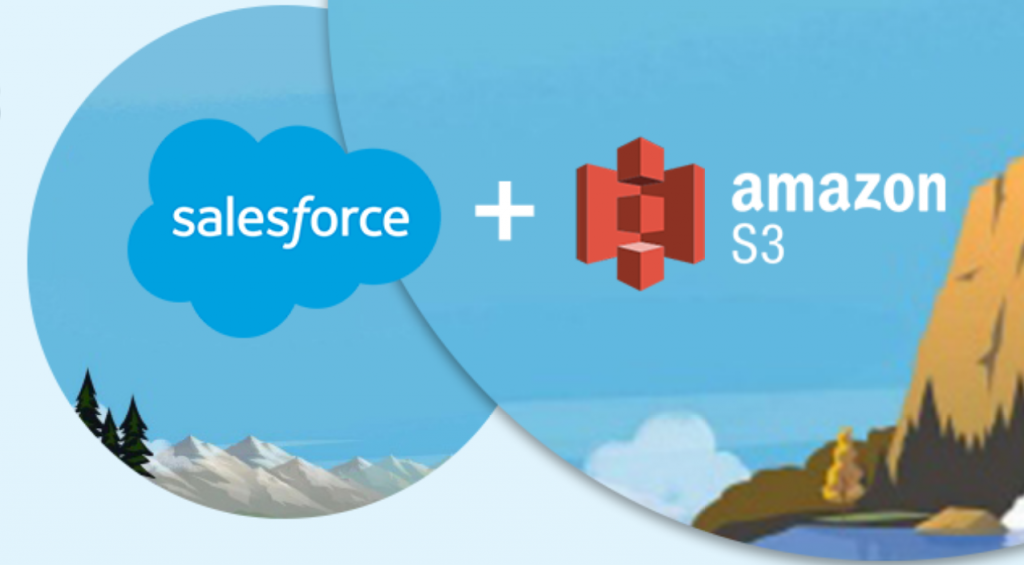Salesforce has revolutionized the cloud computing world. It will help you build a strong relationship with your customers. The Salesforce platform also helps businesses to transfer data to Amazon S3.
Salesforce uses a database powered by Oracle, which has rich functionality and superior architecture that enables all forms of data structuring, organization, and management.
In this post we will discuss multiple factors that will help you understand more about Salesforce to Amazon S3 integration. Let us move ahead and discuss the benefits and drawbacks of the same.
Why Integration of Salesforce and Amazon S3 is the Present Day Requirement?
Salesforce is an extraordinary CRM platform with a brilliant storage facility; still businesses are looking for another solution, why?
The major reason is the high cost of storage. A company has to deal with multiple clients and large chunks of data on a daily basis. Therefore, after a certain point in time, it becomes essential for companies to look for a cheaper way of data storage.
And here comes Amazon S3 into the picture that can help you eradicate hassles of sending large files to clients in a seamless manner. The Amazon S3 platform facilitates you to secure a download URL that you can send instead of a large file itself. The user can go to the URL destination and download attachments directly.
Amazon S3 stands for Amazon Simple Storage Service, and it is designed to make data management & computing easier for developers.

One of the best parts of the download URL of Amazon S3 is that they are extremely secure, and users can systematically maintain and store unlimited data.
Another reason to have Amazon S3 as your destination for data storage is that there is no file size limit. With the integration of Salesforce and Amazon S3, you can perform all other Salesforce functions like workflows, reports, dashboards, etc. There is no limit to size of a file as well.
Business Operations That You Can Execute With The Help of Amazon S3
Data Archive – One of the many important business operations is data archive. With Amazon S3 and Salesforce CRM integration you can effectively take backup and archive the necessary critical data.
Build Apps – You can excellently develop apps with native cloud-based storage, and store multiple files such as images, files, etc.
Optimize Operational Outcome – You can use S3 as a storage repository and save huge amounts of raw data until it is required.
How To Transfer Data From Salesforce to Amazon S3
If you are planning to go for Salesforce Amazon S3 integration, it becomes essential for you to understand the methods of data migration from Salesforce to Amazon S3:
Using Amazon AppFlow – It is an extraordinary service that strengthens the process of data migration in just a few clicks. In this method, you can transfer data from Salesforce to Amazon A3 in a hassle-free manner.
One of the prerequisites of the method is to have a Salesforce developer account from where you will make the transfer. To initiate the process, a user has to create a new and empty S3 bucket that will help in facilitating the transfer.
To have a successful transfer of data, it is essential for users to go through the two steps process. These are the following two processes:
Prepare Your Data To Export from Salesforce
First, you have to login to your Salesforce developer account. Then you need to go to the accounts tab and then select all accounts. In this way you can view all the records that exist in your database.
Once, all the information is presented in front of you, then you can specify the details and finalize the parameters on which you will make a transfer. In this manner, you can streamline the source of transfer.
Configuration of Data
After you specify the data and its parameters, you are required to load the data into S3 bucket and link it with the flow. One thing to remember, the flow and S3 bucket are required to be in the same AWS. Once you complete this step, you will click on the Create Flow and fill flow details and choose the source, which in case is Salesforce.








